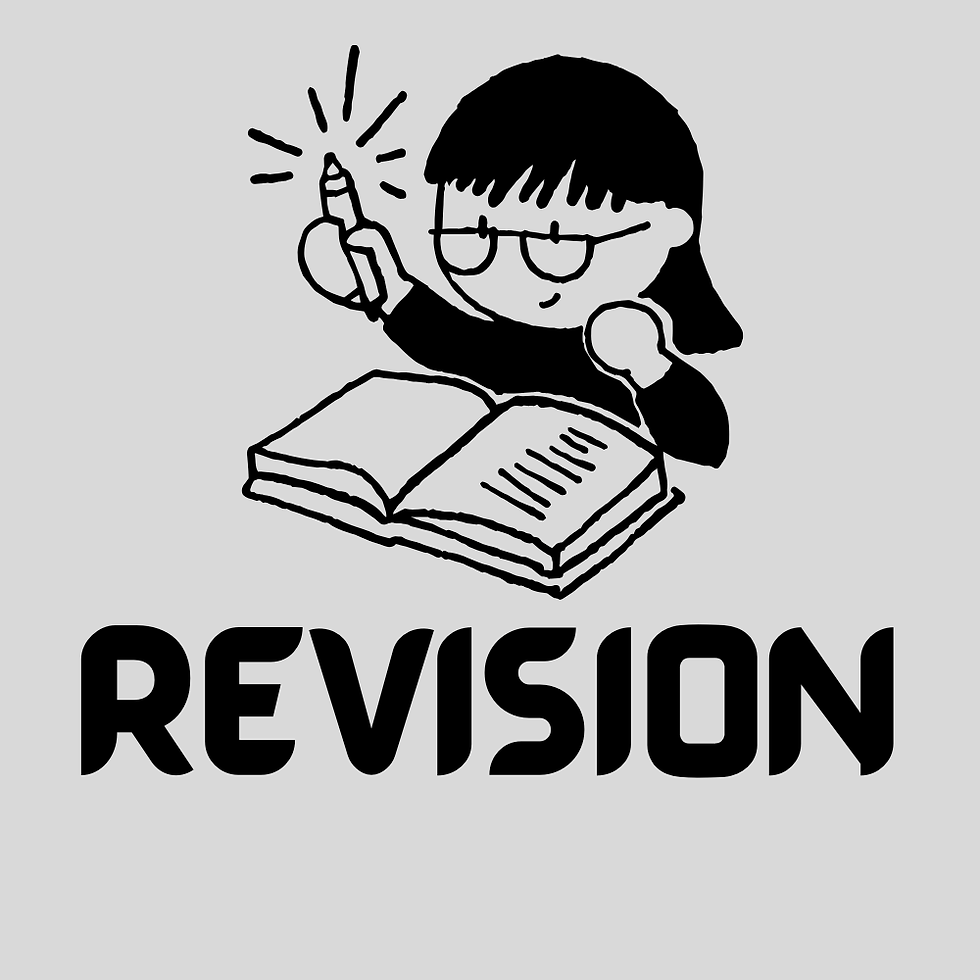The Art of Horror Writing
- Stephanie Stott
- Oct 25, 2018
- 3 min read
Updated: Sep 1, 2022

Jitters and chills aren’t just for the movies, you know. With enough trepidation, a good horror story can leave the reader questioning the mundane right when they switch off the lights:
“Boy, that coat rack in the corner really does look tall and slender. Wait, what else do I know that’s tall and slender...?”
“That pair of Converse I forgot to put away totally doesn’t look like a disembodied hand in the dark. Not. At. All.”
“Yes, I know my room is totally empty, but why do I feel eyes on the back of my neck?”
Fortunately for them, readers don’t have to worry about jump scares.
...Or do they?

Wanting to write something particularly haunting before Halloween rolls around but you’re unsure where to start? Luckily, there’s a few components you can utilize to create a killer horror story.
Acing the Atmosphere
What would a haunted house attraction be without proper atmosphere? The creaking floorboards, smoke machines, and shadows moving in the corners all work together to make people’s hands shake and stomachs drop. And you can do the same to your readers.
In order to create a convincing atmosphere, the reader must feel immersed in the piece. Description is a great way to do this. Picture yourself in a haunted house. As you approach the building, what do you see? Is it swathed in darkness or illuminated by moonlight? Do twigs crunch under feet, or is the place unnervingly silent? Was that the wind brushing against your cheek? Or a ghostly hand? With enough description, the reader will be able to experience what’s unfolding in your piece.
And don’t forget to show, not tell. Incorporating the five senses (touch, sight, smell, sound, and taste) can help with this.
Examples
Tell: The house was terrifying.
Show: As Linda eased open the door, she woke the darkness. Moonlight sliced across the floorboards that grumbled against her weight. She shuffled forward, breathing in a stench wet with mildew and dread. November air whistled in through splinters in the windows and dragged frigid claws against her skin. “Hello?” Her voice slithered into the shadows. “Is anyone home?”
Perfecting the Pacing
This is perhaps the most difficult balancing act of all--creating a compelling pace that neither drags nor eats up the plot.
Edgar Allan Poe’s “The Tell-Tale Heart” is a chief example of using both exposition, point of view, and description to create great pacing.
Poe starts with a hook that pulls the reader in: “TRUE! --nervous --very, very dreadfully nervous I had been and am; but why will you say that I am mad?” This opening does two things: it creates interest in the reader and provides insight on the main character. The reader knows of the main character’s personality right away and is already intrigued about the plot.
Even though the piece is mainly told through backstory, Poe’s use of point of view and details make the piece active instead of passive: “I scarcely breathed. I held the lantern motionless...Meantime the hellish tattoo of the heart increased. It grew quicker and quicker, and louder and louder every instant.” Details like this can help build suspense while providing insight on a critical point in the plot.
General Tips
Avoid cliches. “Everything went black” and “it was a dark and stormy night…” can feel like a cop out to readers who are already invested in the story. Strive for creativity.
While writing your piece, stop and considering what’s missing. Maybe a villain or supernatural force lacks motivation. Why are these terrible events happening to your characters? Are the stakes high enough or do you need to add more?
Keep what you’ve learned in this post in mind and you’ll be well on your way toward creating a haunting short story. And if you have to use a nightlight afterward… well, I won’t blame you.
About the author: Stephanie Stott is a freelance novel editor and English major from Florida. Over the years, she's found various ways to escape the humidity: taking pictures of her cats, working on her novels, and designing book covers in Photoshop. You can follow her writing misadventures and graphic design creations on her author Facebook page.
.png)



Comments